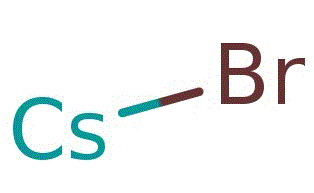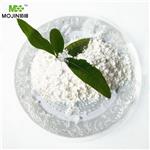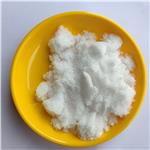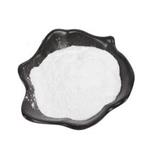Structure
Cesium bromide (CsBr) is Tetraauricupride structured and crystallizes in the cubic Pm̅3m space group. Cs¹⁺ is bonded in a body-centred cubic geometry to eight equivalent Br¹⁻ atoms. All Cs-Br bond lengths are 3.75 Å. Br¹⁻ is bonded in a body-centered cubic geometry to eight equivalent Cs¹⁺ atoms.
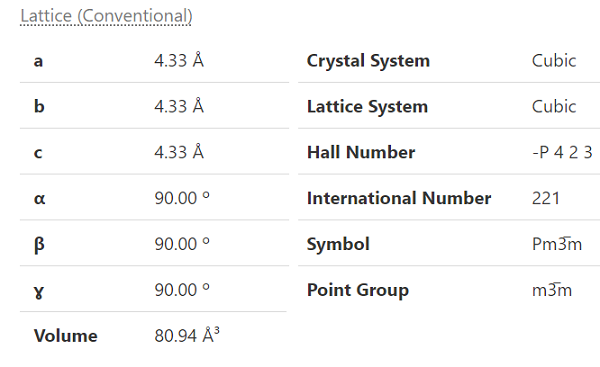
Description
Cesium bromide is a colorless crystal with the formula CsBr. It is a moderately water soluble crystalline Cesium source that decomposes to Cesium oxide on heating. Most metal bromine compounds are water-soluble and are used in water treatment, chemical analysis, and ultra-high purity for certain crystal growth applications.
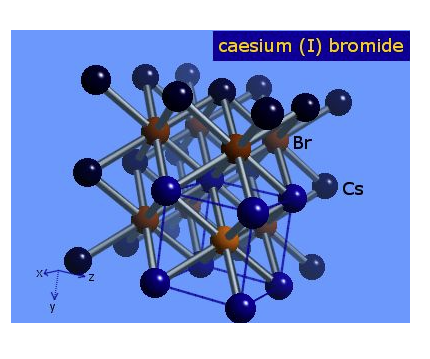
Chemical Properties
Cesium bromide is a colourless crystals. It has been used in protein crystallization for anamolous scattering.
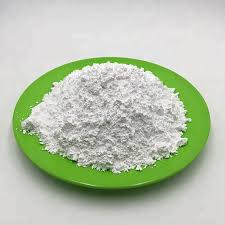
Uses
In x-ray fluorescent screens, spectrometer prisms, absorption-cell windows.
Uses
Cesium bromide is used as reagent, intermediate in pharmaceuticals.
Uses
Cesium bromide (CsBr) crystals are used in scintillation counters to detect radiation. The
compound is also used to coat the inside of fluorescent screens.
Preparation
Caesium bromide can be prepared via following reactions:
Neutralization:
CsOH (aq) + HBr (aq) → CsBr (aq) + H2O (l)
Cs2(CO3) (aq) + 2 HBr (aq) → 2 CsBr (aq) + H2O (l) + CO2 (g)
Direct synthesis:
2 Cs (s) + Br2 (g) → 2 CsBr (s)
The direct synthesis is a vigorous reaction of caesium with other halogens. Due to its high cost, it is not used for preparation.
Production Methods
Single crystals Cesium bromide can be synthesized by the Kyropoulus method or the Stockbarger method. One can polish the crystal using pure alcohol.
Safety Profile
Moderately toxic by
intraperitoneal route. See also CESIUM and
BROMIDES. When heated to
decomposition it emits toxic fumes of Br-.
Purification Methods
It is very soluble in H2O, soluble in EtOH but insoluble in Me2CO. Dissolve it in the minimum volume of H2O, filter and precipitate it by adding Me2CO. Filter off the solid and dry it at 100o. Also recrystallise it from water (0.8mL/g) by partial evaporation in a desiccator.
Structure and conformation
The space lattice of CsBr(Cesium bromide) belongs to the cubic system, and its cesium chloride structure has a lattice constant of a=0.429 nm.
